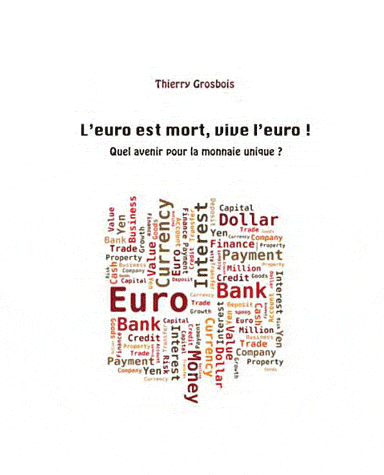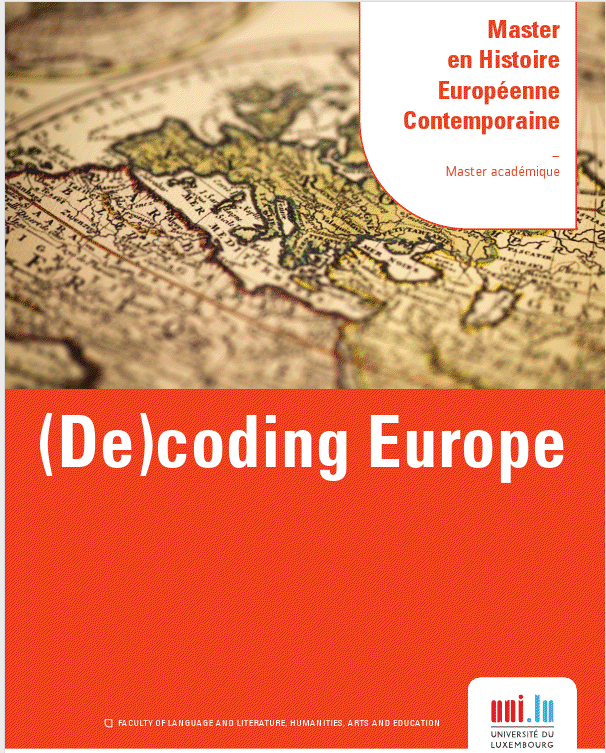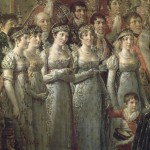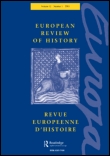 F. Mounom: Comment justifiez-vous le titre de votre livre?
F. Mounom: Comment justifiez-vous le titre de votre livre?
M. Thierry Grosbois: La crainte actuelle réside dans le fait que l’échec de l’Euro pourrait aboutir à l’échec de l’Union Européenne, c’est-à-dire la remise en cause de l’Union monétaire pourrait avoir un impact direct sur l’Union économique, sur le Marché Unique. Cela signifierait, à ce moment-là, le rétablissement soit d’une monnaie nationale, soit de plusieurs zones monétaires au sein de l’Union économique. Cette alternative hypothéquerait tout l’échafaudage de la construction européenne. Le principal problème réside dans le fait que l’Euro constitue un projet politique. Les promoteurs de l’Euro ont estimé que c’était une étape vers l’Union politique plus approfondie, une sorte de fédération européenne. Donc, l’échec de l’Euro, en fait, remettrait en cause tout le projet politique européen.
F. Mounom: Puisqu’on parle de la situation actuelle, comment en est-on arrivé là, comment expliquez-vous cette crise ?
M. Thierry Grosbois : Je vais être bref, parce que les causes sont multiples. Dans les Traités fondant l’Union Européenne, notamment le Traité de Maastricht, l’Union Européenne a mis en œuvre, et réussi, son Marché Unique. On peut dire que les frontières sont ouvertes, il y a une liberté de mouvement des travailleurs, des citoyens, des biens et des services. Mais ce succès ne s’est pas accompagné des mesures structurelles, notamment un rapprochement des politiques fiscales – la fiscalité des sociétés notamment -, un rapprochement des politiques budgétaires, une Europe sociale, c’est-à-dire un rapprochement des politiques sociales. Donc, on aboutit à une sorte de Marché Unique qui ressemble plus à une grande zone de libre-échange, et cela n’est pas compatible avec les exigences de l’Union monétaire. L’Union monétaire exige une coordination étroite des politiques budgétaires, donc des budgets qui visent le même but, qui sont coordonnés. Cela exige une politique fiscale commune, des impôts qui ne sont pas trop différentiels d’un Etat membre à l’autre, des impôts des sociétés relativement semblables, etc. Or ce n’est pas le cas actuellement. Il y a une concurrence fiscale qui existe entre les Etats membres, même au sein de la Zone Euro, qui fragilisent la Zone Euro. Et puis, vous n’avez pas d’Europe sociale ! Au contraire, les Etats qui ont une sécurité sociale héritée de l’après-guerre, qui couvre les différents besoins en matière de pension, de maladie, d’allocations familiales, sont sous la pression de la concurrence d’autres Etats, qui eux, ont une sécurité sociale avec des coûts salariaux beaucoup plus bas, au sein d’une même Union. Cela provoque des tensions sociales de plus en plus sérieuses, et en plus, c’est incompatible, à mon avis, avec une Union monétaire, parce que cette situation la mine de l’intérieur.
A cela s’ajoute des circonstances malheureuses, c’est-à-dire la crise financière et bancaire de 2008, la crise de la dette qu’on a connue en 2011, aussi, qui a poussé les Etats membres à refinancer les banques, trop endettées, ce qui a provoqué un endettement de certains Etats, qui est colossal : l’Irlande, la Grèce, la France, la Grande-Bretagne, l’Espagne, la Belgique, etc., ont vu leur dette publique augmenter fortement, suite à l’aide qu’elles ont apportée en 2008 aux banques.
Finalement, la crise financière de 2008 a été révélatrice des problèmes structurels au sein de la Zone Euro.
F. Mounom : Vous avez déjà commencé à aborder la question. Si vous pouvez peut-être plus approfondir, au niveau des solutions. On voit le cas de la Grèce, qui est difficile à gérer, l’Espagne, l’Italie et bientôt la France. Comment fait-on pour sortir de cette situation, quelles sont les solutions concrètes ?
M. Thierry Grosbois : Ce qui est regrettable, c’est que les solutions qui ont été mises en œuvre depuis 2008 par l’Union Européenne sont insuffisantes ! Je crois qu’il y a un consensus assez large chez les économistes, les historiens, les politologues, pour dire que les mesures prises depuis 2008 sont un peu comme un sparadrap sur une plaie béante. Le sparadrap permet de tenir la plaie, mais il ne guérit pas la plaie. Ce n’est pas parce qu’on a un fond de 1 000 milliards d’Euros, par exemple, que cela résout les problèmes structurels de la Zone Euro. Les dirigeants de l’Union Européenne, des pays de la Zone Euro, refusent, parce qu’ils ne sont pas d’accord entre eux, de mettre en œuvre par exemple, une fiscalité commune. Il faut une convergence des fiscalités, directe et indirecte, au sein de la Zone Euro. Donc, il faut un consensus entre les Etats membres sur la fiscalité. Or l’Irlande continue à avoir une fiscalité très basse sur l’impôt des sociétés, le Luxembourg a une fiscalité intéressante du point de vue des accises, la Grèce n’impose pas sa marine marchande et l’église orthodoxe, la Belgique accueille les centres de coordination des multinationales. Bref, c’est la cacophonie et la concurrence fiscale. Il n’y a pas de solutions crédibles esquissées ! Or, c’est nécessaire, pour maintenir à long terme l’Union monétaire. Il faut une convergence des politiques budgétaires, ce qui n’est pas le cas actuellement. Ainsi, l’Euro a permis de baisser les taux d’intérêt, de manière importante, mais certains Etats de la Zone Euro en ont profité pour augmenter leur dette publique au lieu de la restreindre ou de la contrôler, parce qu’avec des intérêts aussi bas, certains Etats ont multiplié les emprunts. C’est le cas de la France, de la Grèce, de l’Espagne, du Portugal, de l’Italie… C’est une conséquence un peu inattendue de la Zone Euro, car les critères de Maastricht ne sont pas respectés, notamment du point de vue budgétaire. Je ne dis pas qu’il faut mener des politiques budgétaires restrictives, mais il faut au moins une convergence des politiques budgétaires.
Autre élément aussi – il n’y a aucune décision là-dessus -, c’est l’émission d’Euro-obligations. Il n’y a pas de volonté des États de la Zone Euro d’émettre des Euro-obligations. Dans ce cas, ce ne serait plus chaque Etat qui émettrait ses obligations nationales, pour emprunter, mais il y aurait des Euro-obligations, qui seraient émises et garanties par l’ensemble des États membres de la Zone Euro. Ce qui permettrait de donner une meilleure garantie et éviter des évaluations navrantes de certains États par les agences de notation. Notre problème est que les obligations sont émises encore par les États-nations : par la France, par la Belgique, par la Grèce… Les taux d’intérêt sont très divergents d’un État à l’autre, parce que la confiance en la Grèce n’est pas la même que la confiance en la France ou en l’Allemagne. Cette situation ne peut perdurer. Cela peut provoquer une destruction de l’Union monétaire également, ou une crise grave de l’Euro, s’il n’y a pas de convergence des taux d’intérêt pour les obligations des Etats, et la seule manière d’avoir une convergence serait d’émettre des Euro-obligations garanties par tous les États de la Zone Euro.








 A new issue of
A new issue of